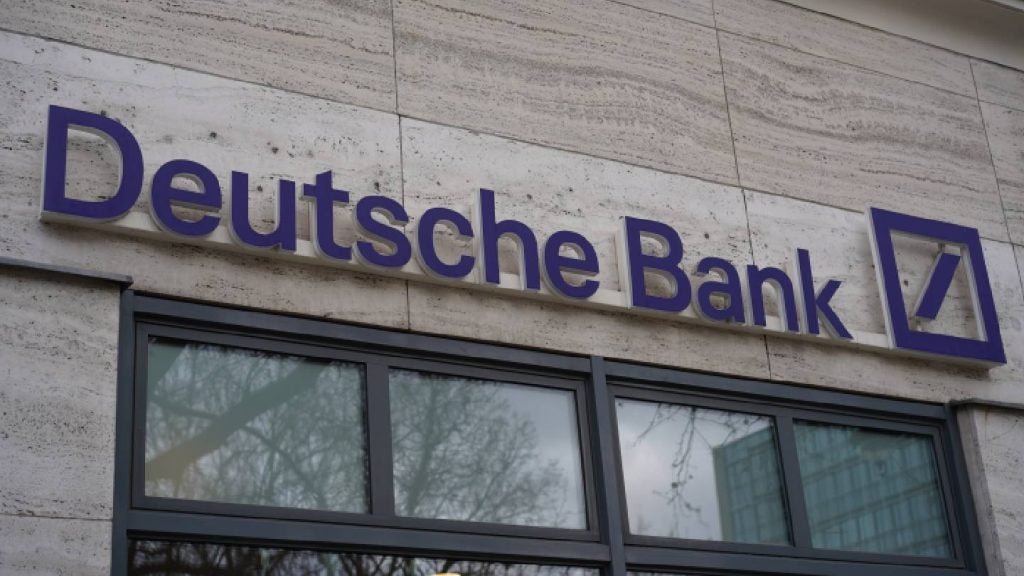PNC Q2 2019 results beat analyst forecasts despite margin pressures.
The bank’s net income rises by 1.3% from the year ago quarter to $1.37bn.

Access deeper industry intelligence
Experience unmatched clarity with a single platform that combines unique data, AI, and human expertise.
PNC’s retail banking unit posts an especially strong quarter. Retail banking net income rises by 18.6% year-on-year to $325m for the quarter to end June.
On the other hand net income falls by 7.6% y-o-y to $602m at PNC’s Corporate & Institutional banking unit.
Margin pressure results in a net interest margin for the second quarter of 2.91%, down 5 basis points y-o-y.
PNC Q2 2019: retail banking highlights
Consumer lending rises by 2% y-o-y to $74.7bn. The growing loan book is due to an increase in residential mortgage, auto, credit card and unsecured instalment loans.

US Tariffs are shifting - will you react or anticipate?
Don’t let policy changes catch you off guard. Stay proactive with real-time data and expert analysis.
By GlobalDataMeantime commercial lending rises by 7% y-o-y to $160.1bn. Total deposits rise by 3% y-o-y to $273.3bn.
Other highlights include a 1 percentage fall y-o-y in the PNC cost-income ratio to 59%.
Encouragingly, provisions for credit losses fall by 5% from the prior quarter. Lower provisions for PNC’s consumer loan portfolio was partially offset by a higher provision for the commercial lending portfolio.
Approximately 69% of PNC’s retail banking customers used digital channels for the majority of their transactions during the second quarter of 2019. This compares to 65% in the year ago quarter.
Deposit transactions via ATM and mobile channels were 56% of total deposit transactions in the second quarter. This compares to 54% in the year ago quarter.
PNC currently operates a branch network of around 2,400 outlets. PNC branch numbers peaked at 3,044 branches in 2012.
On the other hand, PNC is at pains to stress it is investing in the physical channel. It has opened new branches in Dallas and Kansas City. And it aims to open branches in the next two years in major metropolitan markets where it is currently unrepresented.







